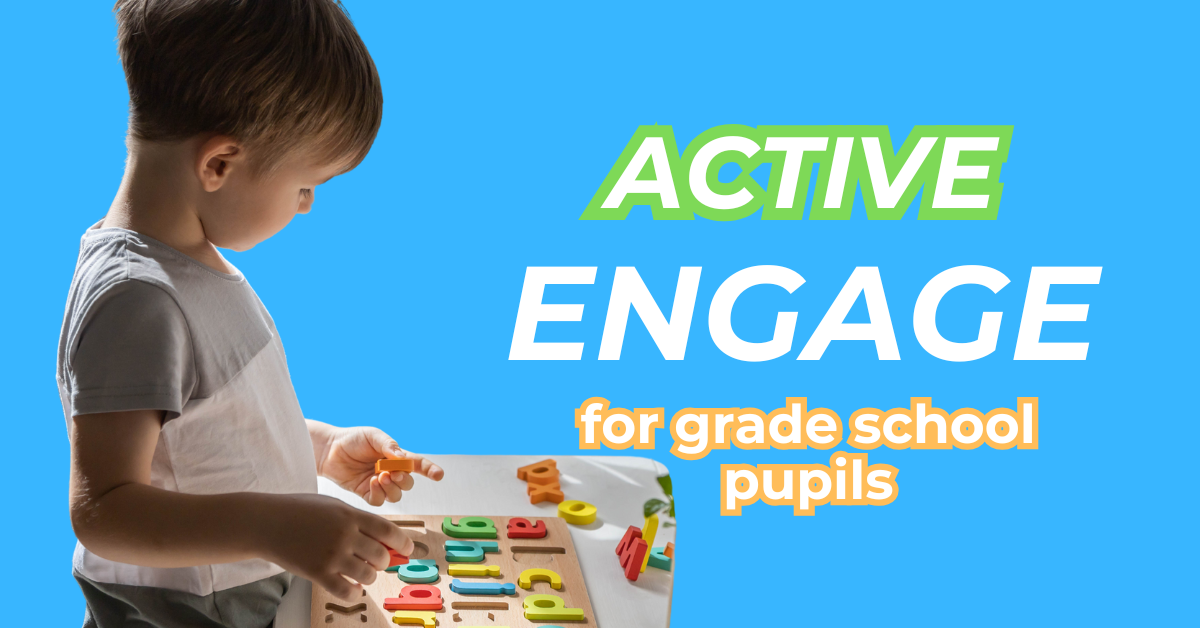Teaching grade school pupils the art of attentive listening is crucial for their academic success and interpersonal skills.
However, capturing their focus in a world filled with distractions requires creativity and consistency.
Here are 7 popular strategies to encourage active engagement from grade school pupils:
Table of Contents
Set Clear Expectations
Establish simple and positive guidelines for listening, such as “Eyes on the speaker” or “Listen with care.”
Reinforce these expectations regularly so pupils understand their importance.

Engage Them Actively
Children are more likely to listen when they’re involved.
Use interactive teaching methods like asking questions, encouraging discussions, or incorporating hands-on activities.
Active participation keeps them alert and attentive.
Use Visual and Auditory Aids
Bright visuals, engaging videos, and clear audio signals can enhance focus. Visual aids like charts or images complement verbal instructions, making it easier for pupils to stay engaged and retain information.
Keep Instructions Concise and Clear
Young children often struggle with long explanations. Break down instructions into manageable steps, use simple language, and pause to ensure understanding.
Incorporate Fun Listening Activities
Games like “Simon Says” or storytelling with sound effects encourage active listening in an enjoyable way. These activities teach pupils to focus on details while having fun.
Model Good Listening
Demonstrate attentive listening when pupils speak. Acknowledge their contributions and respond thoughtfully. This sets an example and reinforces mutual respect.

Provide Positive Reinforcement
Praise pupils for their efforts to listen attentively. Highlight how their focus contributes to their success and the group’s progress.
Bonus: Environment encourage active engagement from grade school pupils
By creating a supportive environment that values attentive listening, educators and parents can instill this vital skill in grade school pupils, benefiting them in the classroom and beyond.











